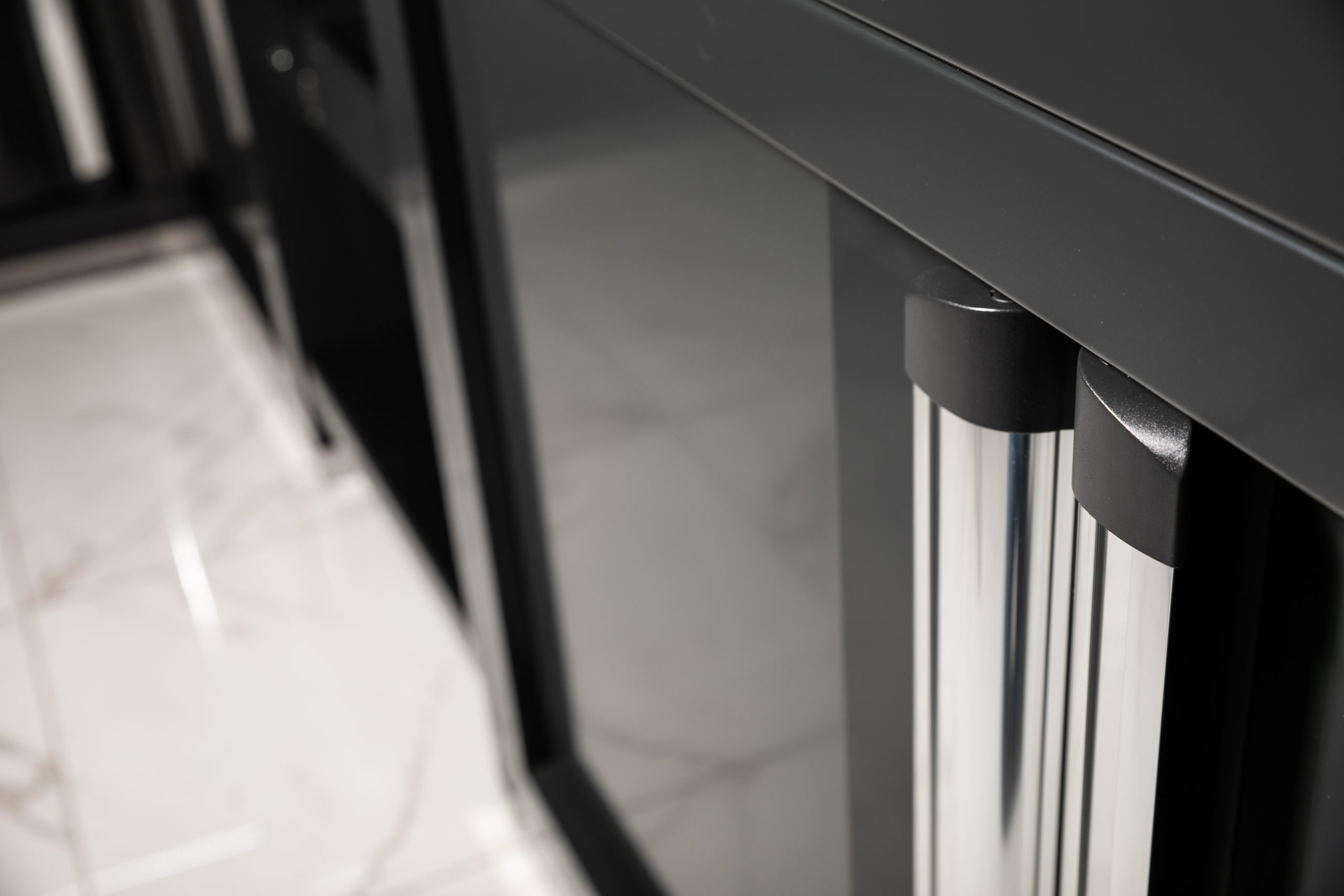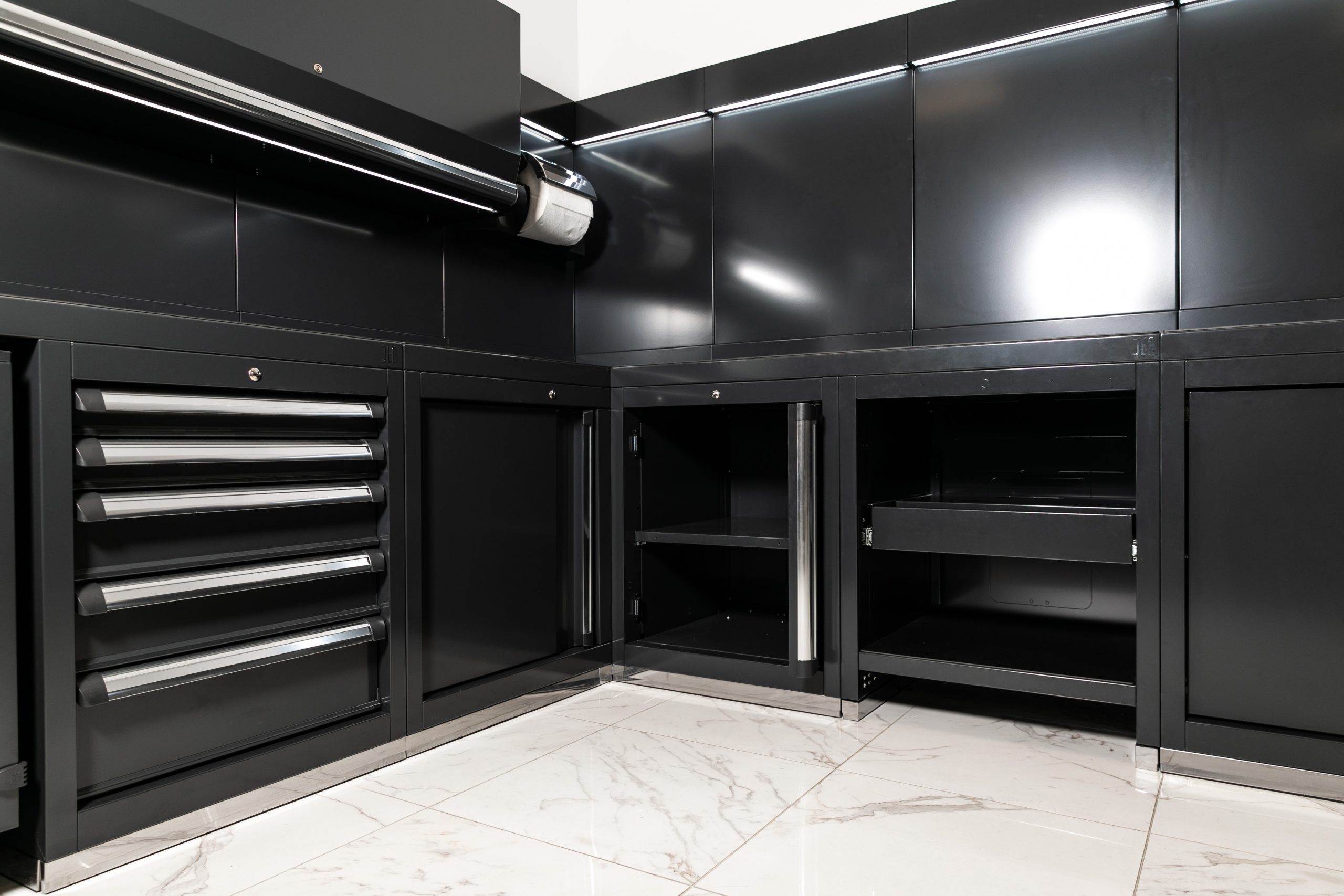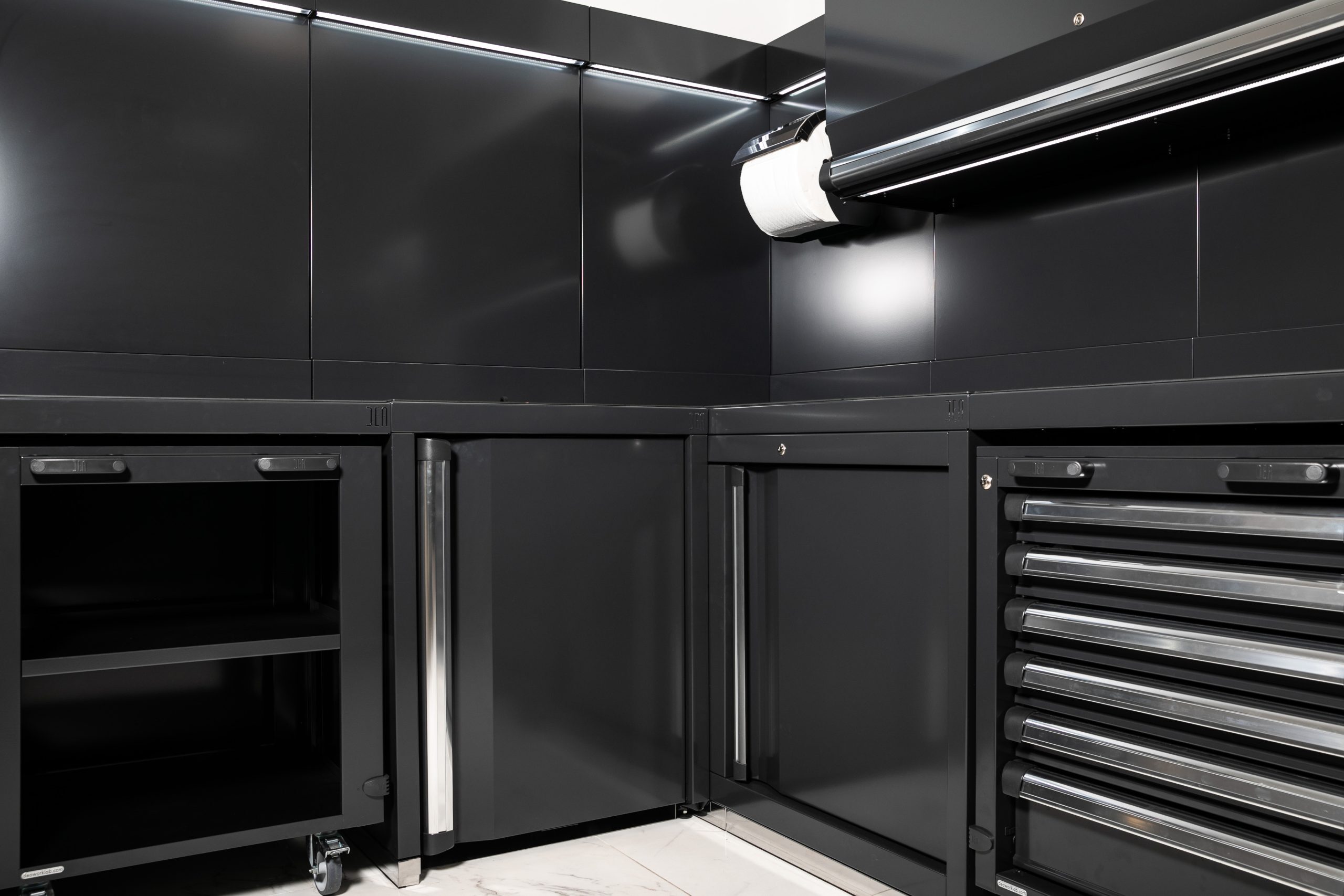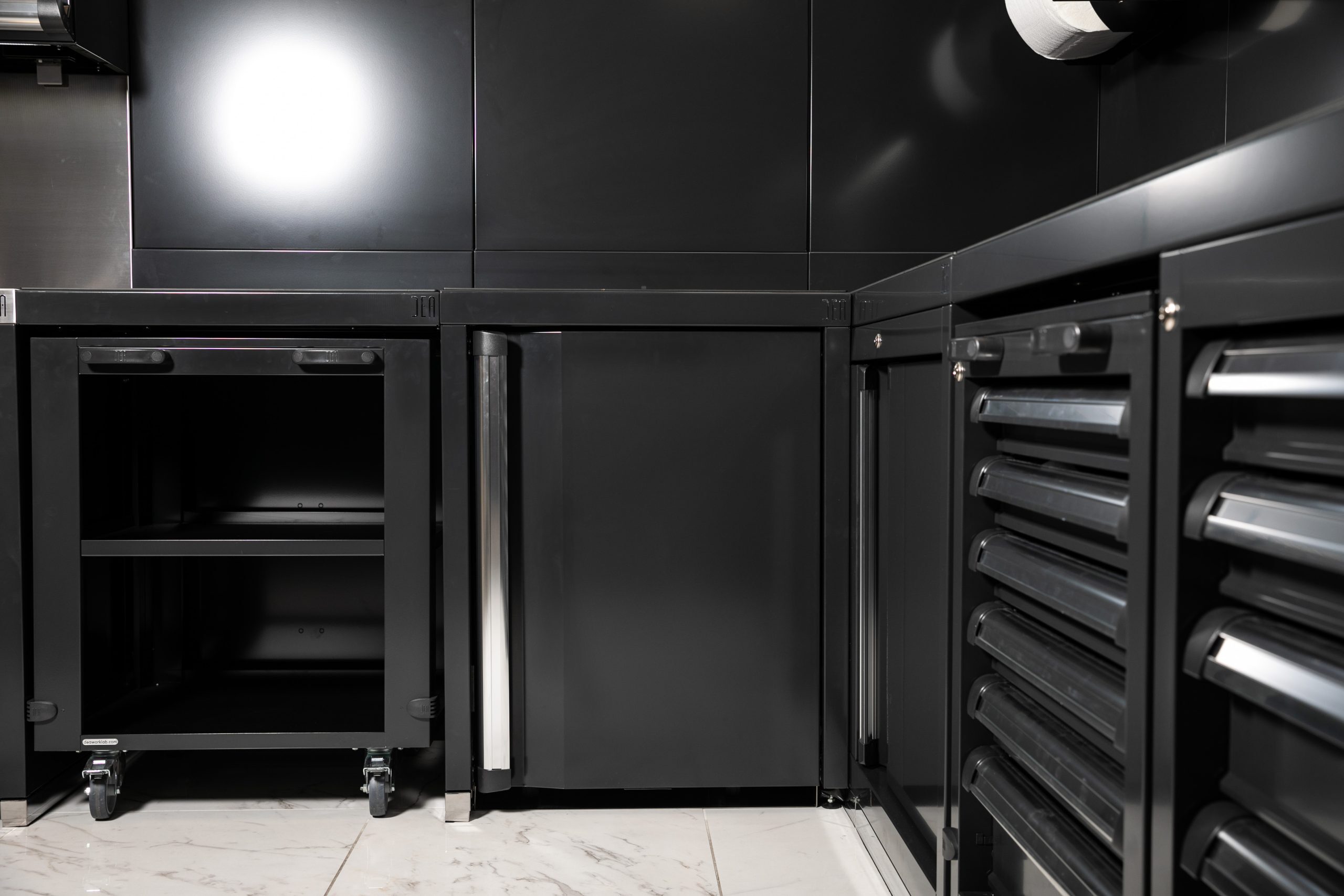Comparison between steel work benches and other materials
.jpg?width=1201&height=431&name=1%20(2).jpg) The choice of materials is a key aspect when setting up industrial environments. The work bench, key element inside the area where the activities take place, is a fundamental element in this assessment.
The choice of materials is a key aspect when setting up industrial environments. The work bench, key element inside the area where the activities take place, is a fundamental element in this assessment.
Which material should be preferred to ensure efficiency, durability and practicality? In this article, the focus will be on the steel work bench, we will analyze the best options to ensure durable performance.
Steel work bench or other materials? Comments
When setting up industrial workspaces, it is essential to pay attention to every single detail.
The workbench plays a key role in a complex working area. The workbench is equipped with a worktop and it’s a distinguishing element in improving efficiency, safety and productivity.
An industrial environment - an assembly line, a laboratory or a production department - is a dynamic environment where different activities take place for which spaces with solid, safe and durable structures are required.
The selection of material is not only about the durability of the complete configuration, but also about the safety of technicians, precision in maintenance, resistance to continuous use and flexibility towards changing requirements and trends. The workbench thus becomes a fundamental and representative element of the company.
In today's article, we will focus on the characteristics of the different types of materials, focusing on the most suitable and high-performance solution for an environment that must perform to high standards.
The qualities of a steel work bench
A steel workbench stands out for some key properties: strength, durability and ease of maintenance. Steel can withstand heavy loads, impacts and stresses, as well as chemical agents used in industrial processes. Its longevity is further guaranteed by the ease with which it can be cleaned and maintained, thus also representing a sustainable business choice in the long term.
Safety and Reliability
Safety is another plus for the steel workbench. Its strength ensures unconditional stability of the entire structure, also reducing the risks related to structural deformation. Creating a safe working environment is the first step to ensure optimal performance by technicians.
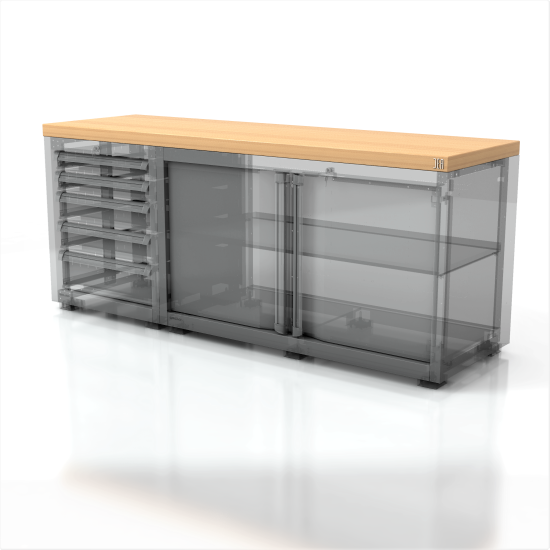
What about other materials?
Wood “gives” a warm and welcoming appearance and requires more constant and accurate maintenance to ensure a long service life. It is a very effective insulating material.
Stainless steel has a high resistance to moisture and water, proving to be the ideal solution, for example, in the case of workstations with sinks.
Some industrial plastics, used for the realization of workbenches, can offer a good resistance to a low weight. However, they tend not to match the strength of steel and may be subject to chemical agents and high temperatures.
Composite materials offer a combination of strength and lightness, but do not always have the same durability and chemical resistance as steel.
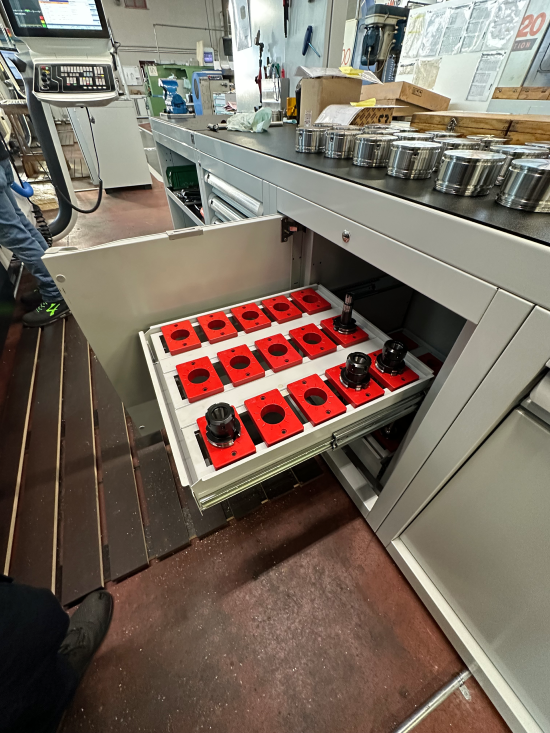
The steel workbench is an excellent solution because it combines strength, durability and versatility. The multifunctionality of steel often puts it in an advantageous position, especially when working conditions require a balance between strength and safety.
By elevating the workbench not only as an operational tool, but also as a catalyst for efficiency and safety, steel continues to carve out a predominant role in the industrial set-up landscape, proving to be a durable and reliable investment.
What makes the difference in evaluating the right material for the configuration of the industrial environment is a skilled, professional partner: a supplier with expertise and solid skills in setting up complex spaces can lead the company in evaluating, customising and realising the right structure to meet business needs and production levels.
Request a free consultation with one of our technicians and discover how you can revolutionize your industrial environment!
The DEA Range
Design your workshop with DEA
Tell us about your project—our specialists will turn it into a refined, functional space.
Contact DEAWant to find out what's new at DEA?
Join our community and don't miss the updates: news, projects and events!
DEA: your source of inspiration.



